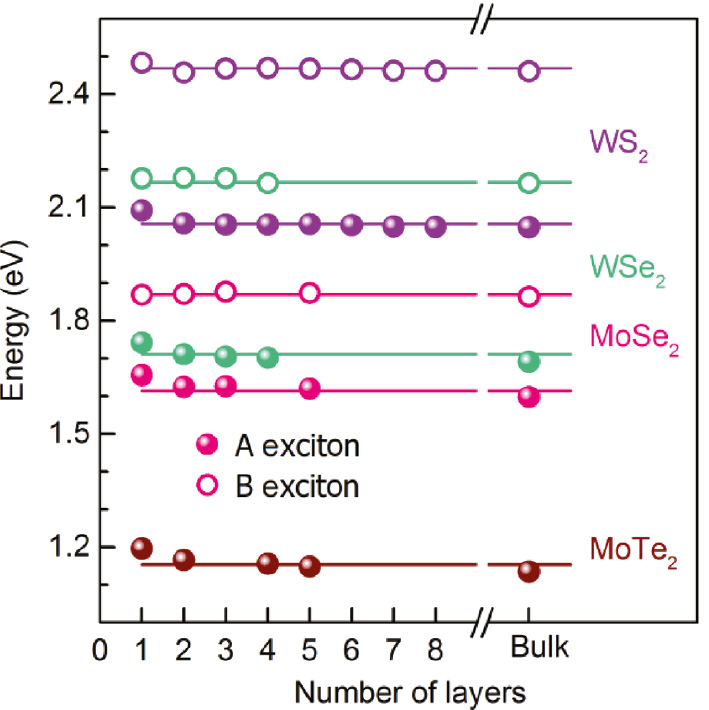
Title: Reevaluating the Requirements for Polaritonic Delocalisation in Disordered Environments
In recent times, the domain of polaritonics—where photons intertwine with molecular excitations to create quasiparticles termed polaritons—has provided an exciting new approach to manipulating photochemical reactions and energy transfer phenomena on a molecular scale. Historically, realizing such hybrid states necessitated that the system enter the strong coupling regime. Nevertheless, novel findings from Wei Xiong and his team at the University of California San Diego are transforming our comprehension of what is genuinely necessary for polariton delocalisation, particularly under practical, disordered chemical scenarios.
Grasping Strong Coupling and Polaritons
Most traditional photochemical reactions take place within the weak coupling regime, characterized by minor interactions between light and matter. In this setting, photons primarily function as probes or initiators, while molecular dynamics are mainly determined by intrinsic interactions. However, once the interaction between light and matter exceeds internal loss mechanisms within a resonant microcavity—such as a Fabry–Perot cavity—a transition occurs: strong coupling.
Within such a cavity, the energy of resonant photons can be exchanged coherently with molecular excitations at a pace quicker than they dissipate, facilitating the emergence of polaritons. These hybrid entities are spread out over numerous molecules and photons, allowing for phenomena such as enhanced energy transfer, collective coherence, and new reaction pathways that are unattainable in solitary molecules.
Delocalisation and the Disorder Challenge
The extent of delocalisation in polaritonic frameworks is pivotal. Delocalised polariton wavefunctions convey the coherent engagement across the molecular ensemble, and they are crucial for harnessing the full capabilities of polariton-augmented chemistry. Nevertheless, these wavefunctions confront “dark states”—incoherent, non-light-coupled molecular modes—that manifest in disordered environments. These dark states can immobilise excitations, effectively suppressing collective polaritonic activity.
In practical settings, intrinsic chemical disorder—variability in molecular energy levels stemming from environmental or thermal variations—is inevitable. It was previously accepted that as long as the system achieved the strong coupling regime, delocalisation would automatically ensue. However, this assumption has recently faced significant re-evaluation.
A Novel Delocalisation Threshold
Xiong’s research team employed the Tavis–Cummings model—a theoretical framework extensively implemented in cavity quantum electrodynamics—to simulate molecular ensembles intertwined with a photon mode under Gaussian-distributed energetic disorder. Their findings uncovered a previously neglected threshold: beyond a specific degree of disorder, polaritonic states experience a sudden shift from delocalised to localised regimes, even when the system seemingly operates within the strong coupling regime.
This revelation dismantles the longstanding belief that strong coupling by itself guarantees delocalisation, indicating that a more rigorous set of criteria must be fulfilled to achieve the anticipated polaritonic behaviour. From a practical standpoint, the study reveals that attaining substantial delocalisation in disordered systems necessitates either a reduction in disorder or a significant enhancement of the light–matter coupling strength—requirements that may not always be experimentally viable.
Consequences for Experimental Polaritonic Chemistry
The investigation has tangible consequences for the design and analysis of polaritonic chemistry experiments. “Although a spectrum may appear to demonstrate strong coupling, this does not inherently imply the existence of delocalised polaritons,” states Johannes Feist, an authority in polaritonic chemistry from the Autonomous University of Madrid. This suggests that earlier indicators of strong coupling in spectroscopic evaluations might fall short of ensuring collective polariton-mediated phenomena like modified reaction pathways or improved energy transfer.
Among the feasible pathways forward, the researchers suggest exploring alternative cavity configurations—such as leveraging plasmonic or photonic crystal cavities—to bolster light–matter interaction strength. Additionally, diminishing cavity volumes can augment vacuum field strength, thereby facilitating stronger coupling and reclaiming delocalisation in disordered settings.
New Standards and Future Prospects
Arguably the most significant contribution from Xiong and his associates is the establishment of a measurable and actionable standard for polaritonic delocalisation amidst disorder. This benchmark not only enhances clarity in the design of forthcoming experiments but also acts as a vital reference for understanding the role of polaritons in altering chemical dynamics.
As polaritonics progresses, investigating the subtle equilibrium between delocalisation and disorder will continue to be a central theme. Comprehending this interaction is essential for unlocking the true capabilities of light–matter hybrid systems, whether in energy-efficient technologies, innovative catalysts, or quantum information frameworks.
In conclusion, this groundbreaking research redefines the realm of polaritonic chemistry. While the strong coupling regime persists as a fundamental component, it has become evident that the capacity to sustain delocalised polariton states relies on more stringent, intricately defined conditions. This advancement represents a major progression in our core understanding of light–matter interactions and opens new pathways for manipulating matter at the quantum level.